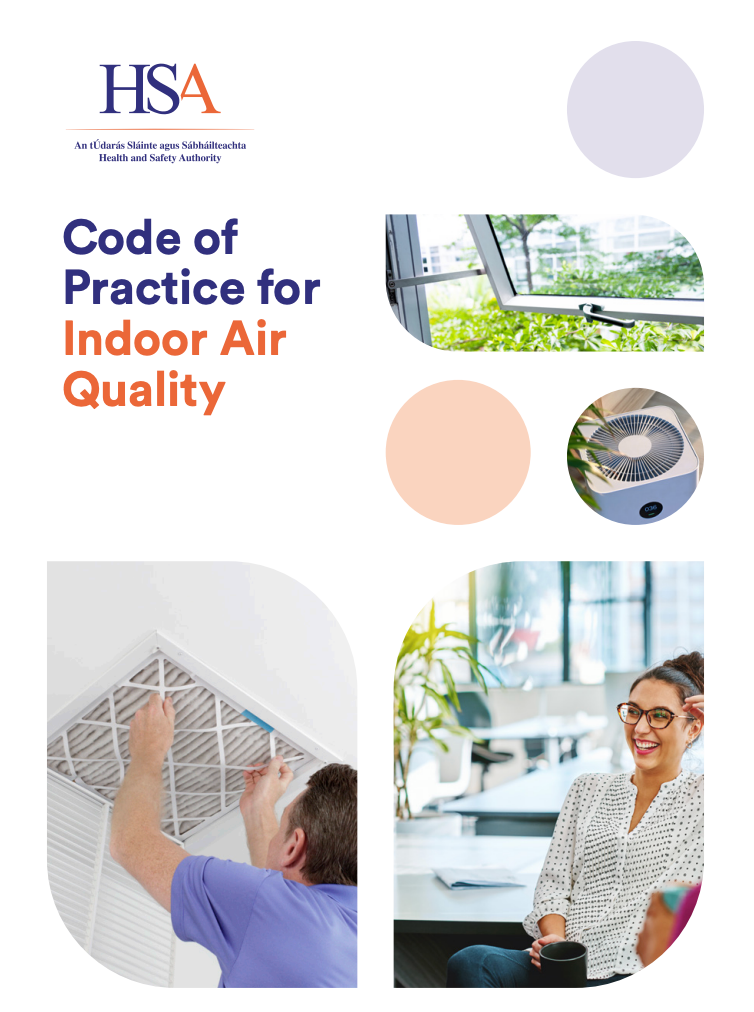A Practical Guide to Identifying and Addressing Damaging Air Particles

Air quality subtly influences our health and day-to-day comfort. From occasional sneezes to long-term respiratory concerns, what we breathe plays a role in our well-being. With growing awareness about air pollution in the UK, particularly in urban settings, there is an evident need for understanding and measured action. This article provides a straightforward look at the common pollutants in our surroundings and offers practical steps to manage them.
1. Particulate Matter (PM)
What is it?
Particulate matter, or PM, includes minuscule particles or droplets in the air. It is categorised by size: PM10 (particles smaller than 10 micrometres) and PM2.5 (smaller than 2.5 micrometres).
How to Address:
Regular ventilation can help, as can air purifiers with High Energy Particulate Absorbing (HEPA) filters for indoor spaces.
2. Nitrogen Dioxide (NO2)
What is it?
Mostly coming from vehicle emissions, NO2 is a notable air pollutant. Continuous exposure might affect respiratory health.
How to Address:
Reduced vehicle use, combined with regular servicing of gas appliances, can help lower indoor NO2 levels.
3. Ozone (O3)
What is it?
Ozone is a smog component, forming when various pollutants react in sunlight. While upper-atmosphere ozone is beneficial, ground-level ozone can be problematic for respiratory health.
How to Address:
It is practical to limit outdoor activities during peak smog times. Air purifiers can also make a difference indoors.
4. Volatile Organic Compounds (VOCs)
What is it?
VOCs are chemicals emitted from various everyday products, including paints and cleaning agents.
How to Address:
Choosing low-VOC products and ensuring proper ventilation during their use can be effective.
5. Carbon Monoxide (CO)
What is it?
A colourless, odourless gas, CO restricts oxygen absorption in the body. It often comes from incomplete combustion.
How to Address:
Ensuring regular maintenance of appliances and having carbon monoxide detectors can help.
6. Sulphur Dioxide (SO2)
What is it?
Emerging from the burning of fossil fuels, SO2 can irritate the respiratory system.
How to Address:
Efficient energy use and support for renewable initiatives might curb SO2 emissions.
Conclusion
Being aware of these particles and taking steady steps can lead to better air quality. While personal adjustments can make a difference, collective awareness and action remain crucial.
For those looking to improve their immediate surroundings, there are products available to aid in the process.
Ultra Protect provides a range of solutions tailored for air quality concerns. if you are concerned about the air quality in your workplace, please contact us using the form below







